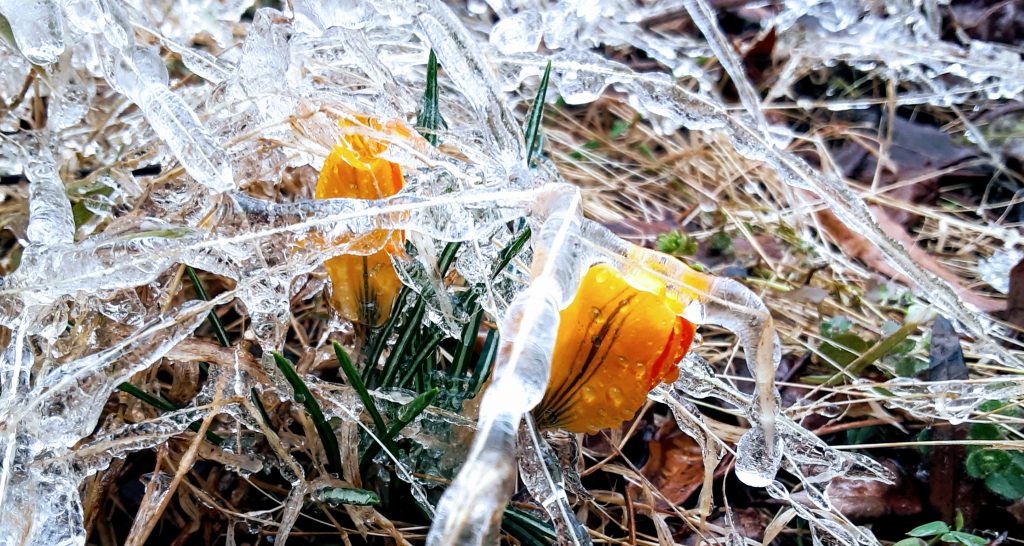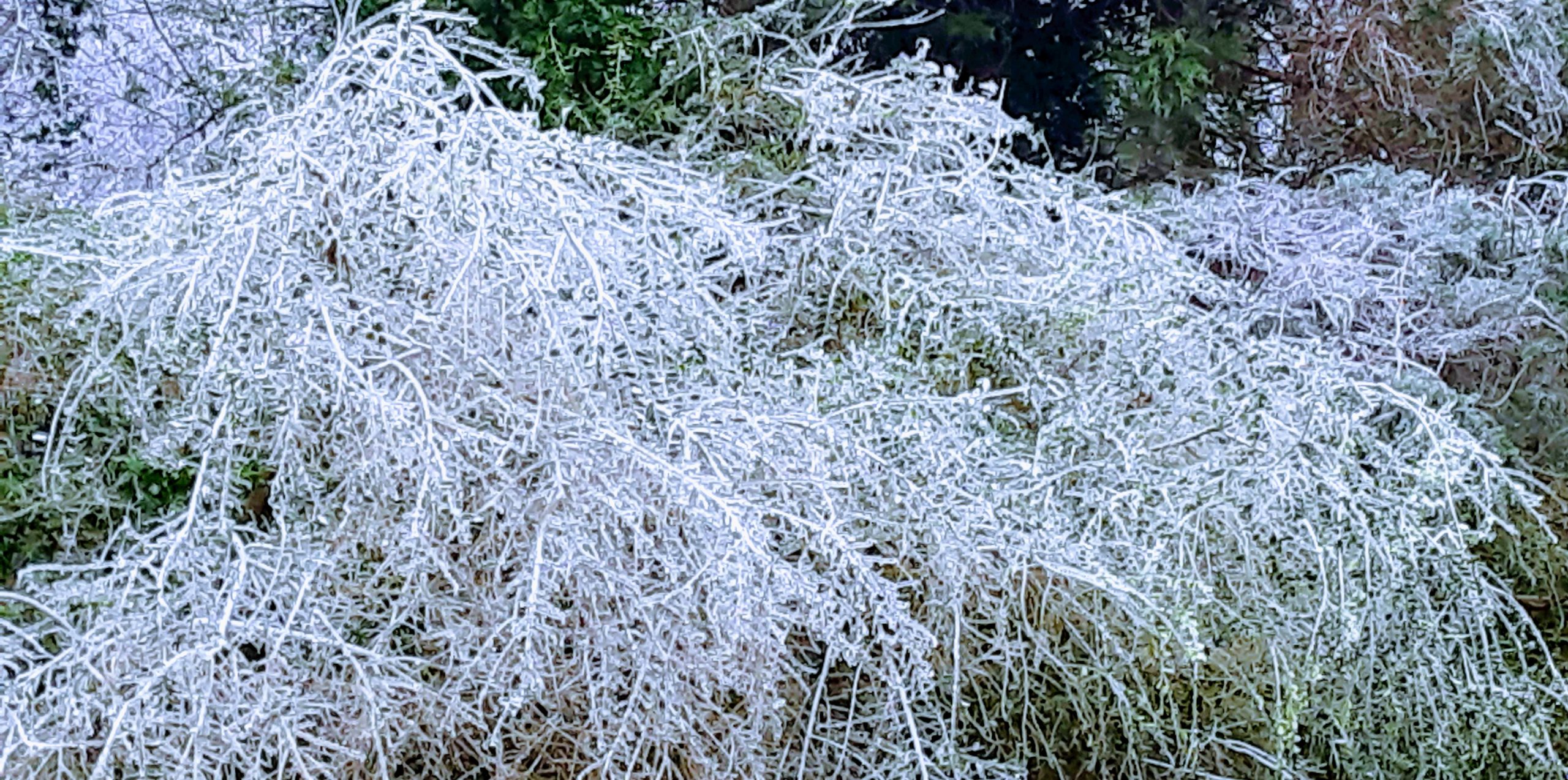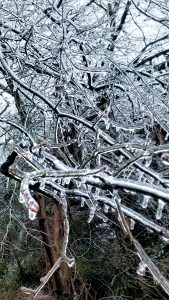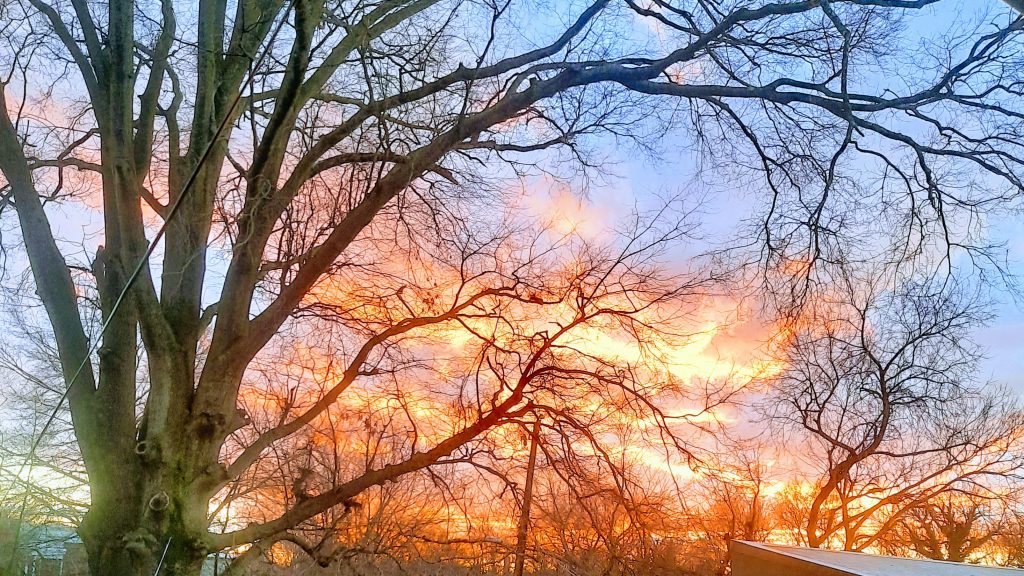
Editor’s Note: Due to inclement weather causing disruptions in power and internet services, this blog post is somewhat sparser than usual. Though it is a perfect illustration of the subject at hand, this situation is entirely coincidental. Honestly!

When I started researching this blog, I had no intention to compare U.S. statistics with other countries. The United States was a given, because that’s where I and most of my readers are. International statistics vary greatly by country and region. China kept popping up in so many ways, I couldn’t help noticing—and passing it on.
Information about natural disasters has to be taken with a pinch (tablespoonful) of salt, for several reasons.
- During almost any natural disaster, communication is disrupted. Temperature readings, water levels, windspeeds, hospital capacities, and any other information is more difficult to gather and transmit.
- Records might also be damaged or lost in floods, fires, etc.
- The nature of a disaster often makes accurate counts of casualties and property damage difficult to obtain.
- Earthquakes and mudslides often bury remains for months.
- Tsunamis and floods can wash away buildings so completely that no evidence is left for property evaluation.
- Damage caused by a natural disaster may not be noticeable until long after the event, such as a long-term illness caused by inhaling toxic materials released by property destruction.
- Multiple entities have an incentive to under- or over-estimate the damage caused by a disaster.
- Media channels gain viewers by broadcasting more sensational news.
- Insurance or reparation claims may be estimated higher by claimants or lower by organizations paying out.
- Governments may deliberately try to conceal accurate accounts for security reasons, to manipulate the populace, to cover official malfeasance, or pretty much any other sinister or logical reason you can think of.
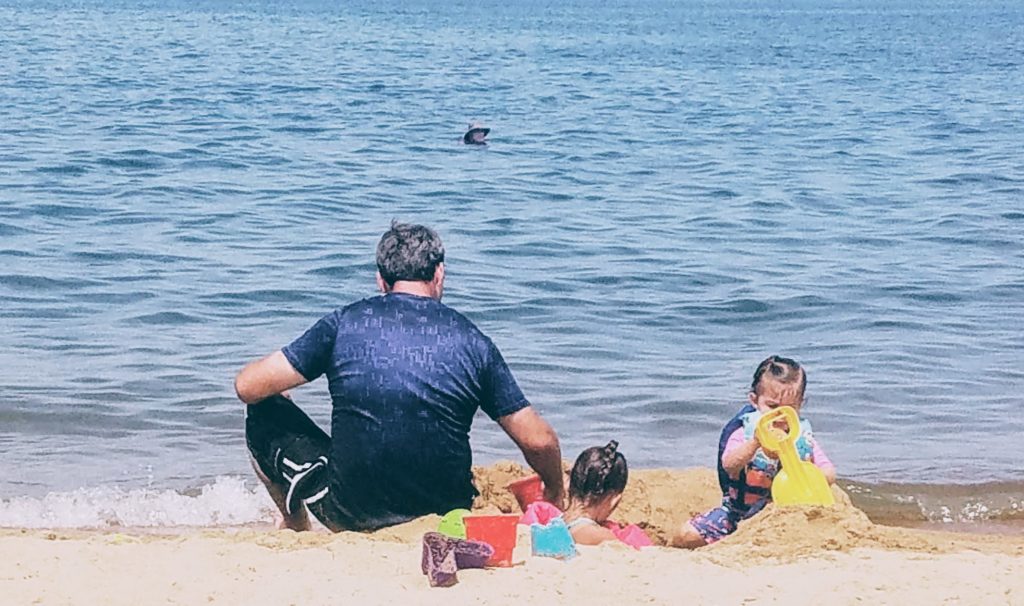
Wikipedia is a great source of data on nature’s deadly capabilities—and the data are sliced and diced in all sorts of ways. (Remember that this data is only as accurate as the contributors to the Wikipedia pages.)
Not surprisingly, the United States and China make frequent appearances on many of the Top 10 lists. Both countries are massive, contain a wide variety of geographic hazards, and have areas of massive population density.
- Ten deadliest natural disasters ever by highest estimated death toll excluding epidemics and famines: 6 of the 10 were in China.
- Ten deadliest natural disasters since 1900 excluding epidemics and famines: 5 were in China.
- Deadliest natural disasters by year excluding epidemics and famines
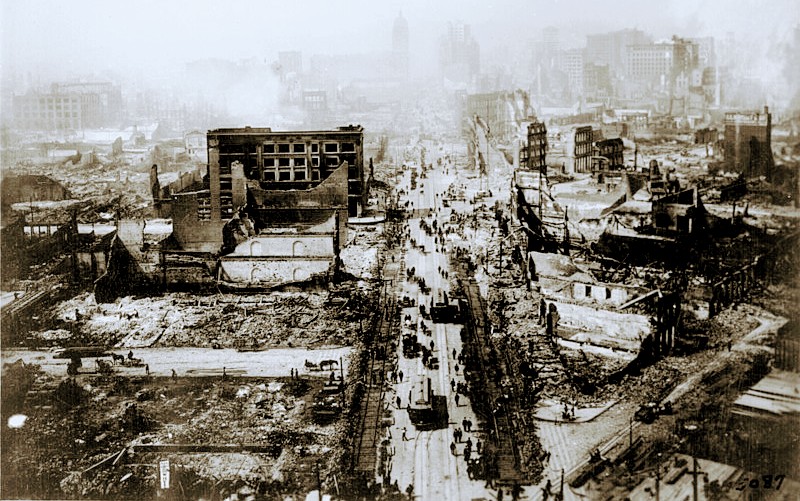
Wikipedia also presented natural disasters by cause; if the U.S. isn’t named, we didn’t make the list.
- Deadliest earthquakes: 10 of 46 in China
- Deadliest famines: 6 of 29 in China
- Deadliest impact events: of 13, 1 in the U.S.; 4 in China
- Deadliest limnic eruptions
- Deadliest wildfires/bushfires: 6 of 25 were in the United States
- Ten deadliest avalanches/landslides: 3 of 10 were in China
- Ten deadliest blizzards: 7 of 10 were in the U.S.
- Ten deadliest floods: 5 of 10 in China
- Ten deadliest heat waves: 3 of 10 were in the U.S.
- Ten deadliest pandemics / epidemics (does not include COVID-19): 4 of 10 were worldwide
- Ten deadliest tornadoes: 2 of 10 were in the U.S.
- Ten deadliest tropical cyclones: 1 of 10 in China
- Ten deadliest tsunamis
- Ten deadliest volcanic eruptions
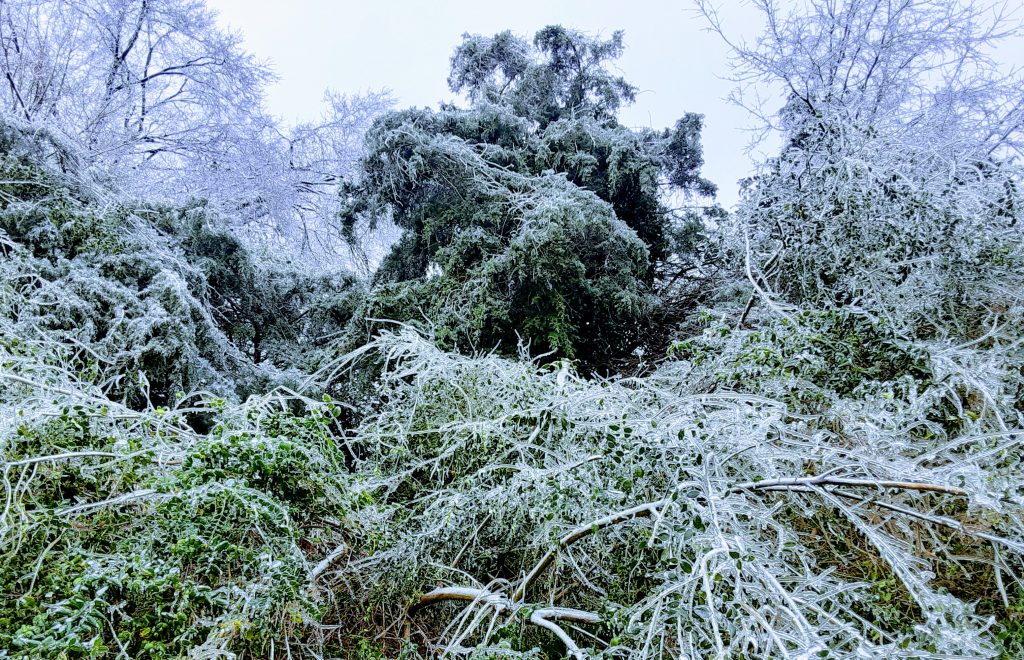
Looking through these lists, it becomes apparent that of the 14 natural disasters included, the United States predominates in blizzards, while the worst natural disasters by death toll occurred in China. Part of this is no doubt because of the population differences.
If one looks at the list of countries by natural disaster risk, from lowest to highest, the United States is ranked 45 out of 171, and is considered low risk. China is 87, and considered high risk. Qatar is #1, very low risk. At the other extreme is Vanuatu, ranked #171, extremely high risk.
N.B.: Rankings are based on data from 2012 to 2018.
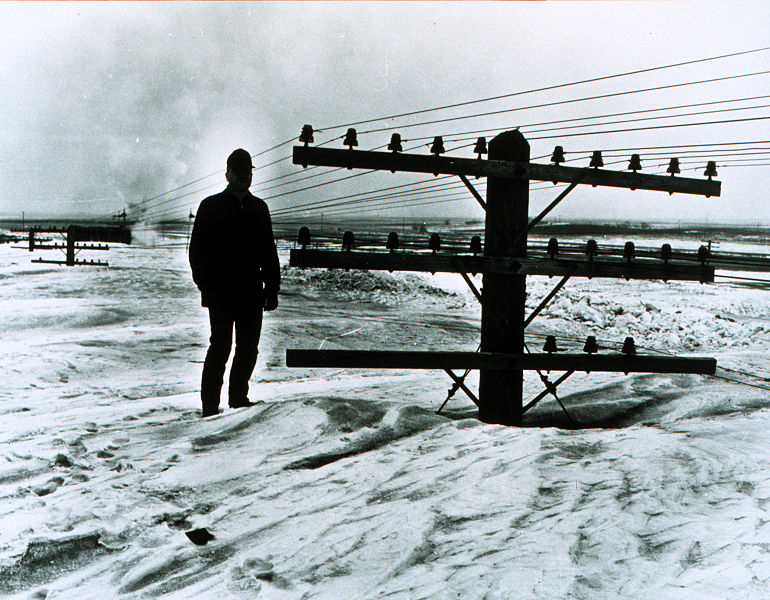
Pay attention to what’s going on in Texas, especially, but also locally, to see the web of problems that can emerge. For example, several of the most common disasters in the United States cause power outages. Consider the options for tension and conflict possibilities.
- No light
- No heat/AC, depending on the season
- No way to charge mobile devices
- No way to cook, unless you have a gas stove
- No water, and no way to boil contaminated water
- Food spoiling without refrigeration
- No internet
- No TV
- These together often limit inhabitants’ access to information
- Destruction of property
- Loss of personal possessions
- Danger to children, the elderly, pets
- Hospitals not functioning
- Generators in hospitals are set up to handle only necessary equipment, not escalators or vending machines
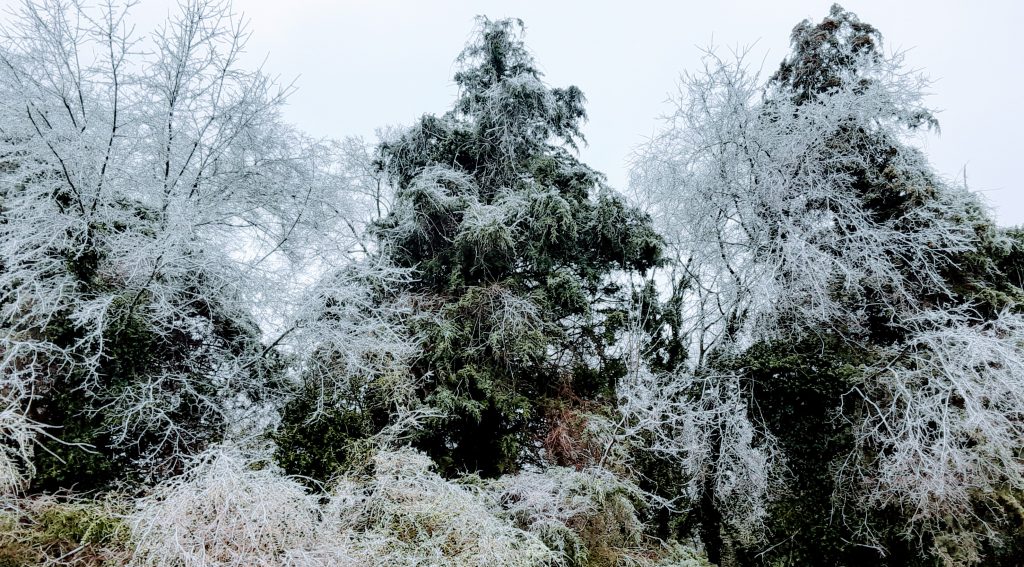
Now consider a similar situation in an area where such conditions are common. In many ways, “developing countries” are better able to cope with certain natural disasters.
- Fewer communities have reliable access to electricity, water, and internet, so houses and businesses are accustomed to using wood stoves, water pumps, solar power, hand tools, etc.
- Hospitals and are often run on generators at all times, so there is no disruption if the power grid goes down.
- Food is stored in ways that do not require refrigeration or freezing.
- Children and the elderly frequently live together in multigenerational households, making caretaking much easier.
Bottom Line: Mother Nature can be a main force in people’s/characters’ lives!
